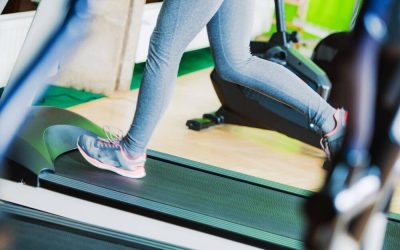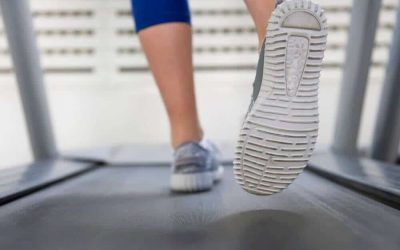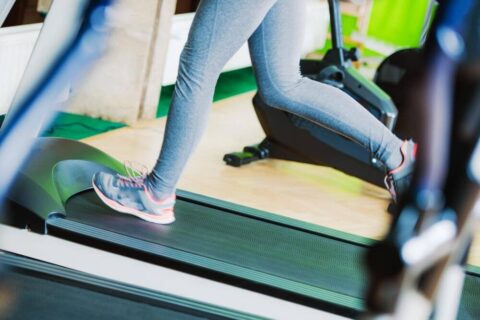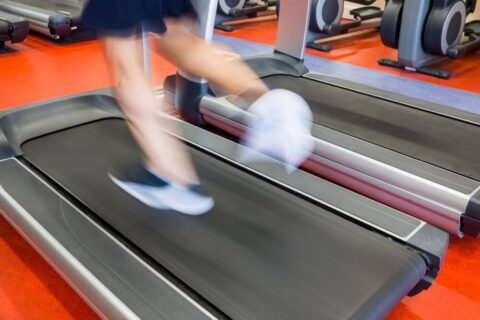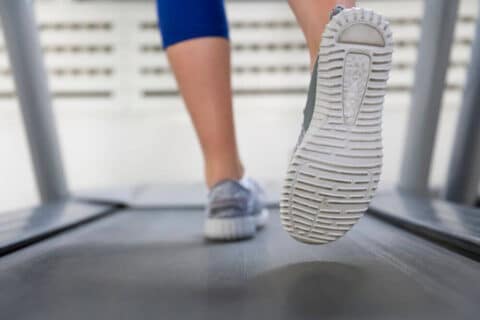Most people think that traditional treadmill training and outdoor running are the only two ways to get a good workout.
While it’s true that traditional treadmill training has some unique advantages, outdoor running still has a lot to offer. Home treadmills are becoming more popular even among diehard outdoor runners. People discover that they can get a better workout by simulating outdoor running on a home treadmill.
Running on a treadmill incline equivalent is the answer. It allows you to simulate indoor running even better than you thought possible.
Contents
How Does Treadmill’s Incline Work?
Treadmill’s incline changes the muscles you emphasize during your workout. When you run on a treadmill at zero inclines, your quads and hamstrings do most of the work. As you increase the incline, your glutes start to work harder. At very high angles (~15 degrees), your calves take over from the glutes as the primary muscle works.
According to studies, treadmills can change from a zero percent incline (basically an extremely steep hill) to 15%, with a one percent treadmill incline being comparable to what it feels like to run outside. As the incline rises, the muscles must do more work as the body must produce additional power to propel itself both forward and up against gravity.

Treadmill running at 1% incline
Let’s make some estimates. If a person weighing 160 pounds runs on a treadmill at 7 mph for 30 minutes at 0% incline, they will burn 447 calories. This indicates that running at a 1% incline takes less work than on a flat surface. However, this is what the numbers show.
When treadmill running at a one percent incline, the workload on the body is increased by approximately 12 percent compared to running on a zero percent incline. This means that if you are looking to burn more calories and increase the intensity of your workout, increasing the treadmill’s incline is always an option.
So, in reality, it takes about 540 calories burned to achieve 30 minutes on a treadmill at a 15% incline. So if weight loss or maintaining weight is your goal, adding variety to your treadmill routine with different degrees of inclines can help you reach this goal!
Treadmills vs. Outdoor Running: Main Differences
The most important variables that can make outdoor training more difficult and, as a result, more efficient than treadmill jogging include the treadmill’s momentum, wind resistance, and ground slope.
- Traditional treadmill running offers a cushioned surface, which can benefit those with joint issues. However, when running outdoors, you are directly in contact with the ground, which may not be as comfortable for everyone.
- Treadmill running allows you to control the speed you run, while outdoor running does not. This is a prominent advantage treadmill runners have over those who prefer to run outside.
- The third difference between treadmill training and outdoor running is the terrain. Outdoor runners must contend with hills, whereas treadmill runners can adjust the incline on their machines to mimic different terrains.
In short, treadmill running can provide a more consistent workout since you can control all variables (speed, incline, surface). Outdoor runners must take into account wind resistance and changes in terrain. However, outdoor running is still considered a better exercise because it works more muscles and is more challenging overall.
Using Treadmill Incline Effectively
Now that you understand how the treadmill incline works, it is essential to know how to use this information to your advantage.
- First and foremost, start by increasing the treadmill’s incline gradually. This will help prevent injuries and ensure that your body has time to adjust to the new demands being placed on it.
- If you are a beginner runner or have been inactive for an extended period, start with a very low treadmill incline (0-1%). As you become more comfortable running at an incline, increase the angle until you reach the level that challenges you most. Remember that there is no “right” treadmill incline – everyone should find their sweet spot!
- To make sure you’re getting the most out of your treadmill workout, try to vary the inclines you use. This will help work different muscles and keep your routine fresh.
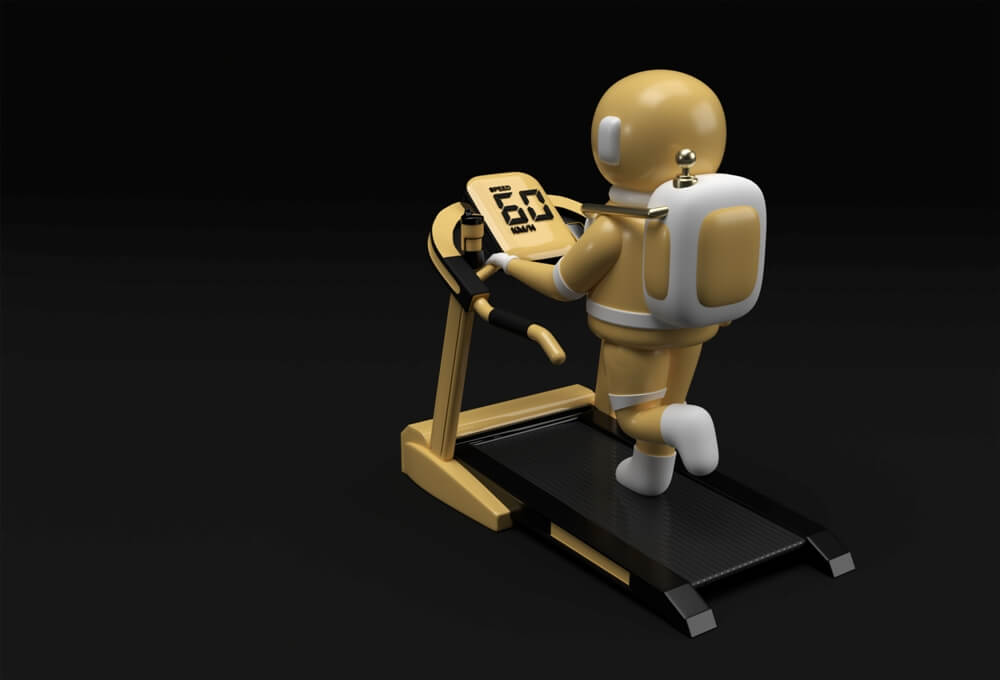
In short, by increasing the treadmill’s incline, you can make your workout more challenging, burn more calories, and improve your overall running performance. Have fun with it!
Step 1: Adjust for the Momentum
When you first hop on the treadmill, one of the first things you’ll want to do is adjust for the treadmill’s built-in momentum. This adjustment will help keep your running form consistent as you speed up and slow down throughout your workout.
Step 2: Adjust for Wind Resistance
The next thing you’ll want to adjust for is wind resistance. This adjustment will help offset the treadmill belt’s tendency to push air back at you as you run, making your workout feel a bit more difficult.
Step 3: Adjust for Incline
Now it’s time to adjust for incline. As we mentioned earlier, increasing the treadmill incline can make your workout more challenging and effective. Start by gradually increasing the angle until you reach the level that challenges you most. Remember that there is no “right” treadmill incline – everyone should find their sweet spot!
When Not to Adjust Your Treadmill Incline
Make sure your form is correct before you start playing with the incline knob or button on your treadmill. Many individuals naturally assume that they must lean back to compensate for the steeper slope. Others cling to the handrails as well. According to experts, both practices are mistakes.
Also, there are times when you don’t want to adjust your treadmill incline. For example, if you are pregnant or have joint problems, it is recommended that you keep the treadmill at a zero percent incline. Also, those new to running should start slow by adjusting the speed instead of the incline. As your endurance increases, add hills (inclines) into your workout routine.
The back leg muscles should never be used to maintain balance when walking, jogging, or sprinting. Activating the leg muscles excessively defeats the purpose of increasing incline. So, whether you’re walking, jogging, or sprinting on the treadmill, you should avoid setting the incline or speed so high that you can’t move hands-free with good technique.
Final Words on Treadmill Incline Equivalent
Treadmill incline equivalent is just one way to make your treadmill workout more challenging and effective. By adjusting the treadmill’s incline, you can burn more calories, work different muscles, and improve your overall running performance.
Have fun with it!


